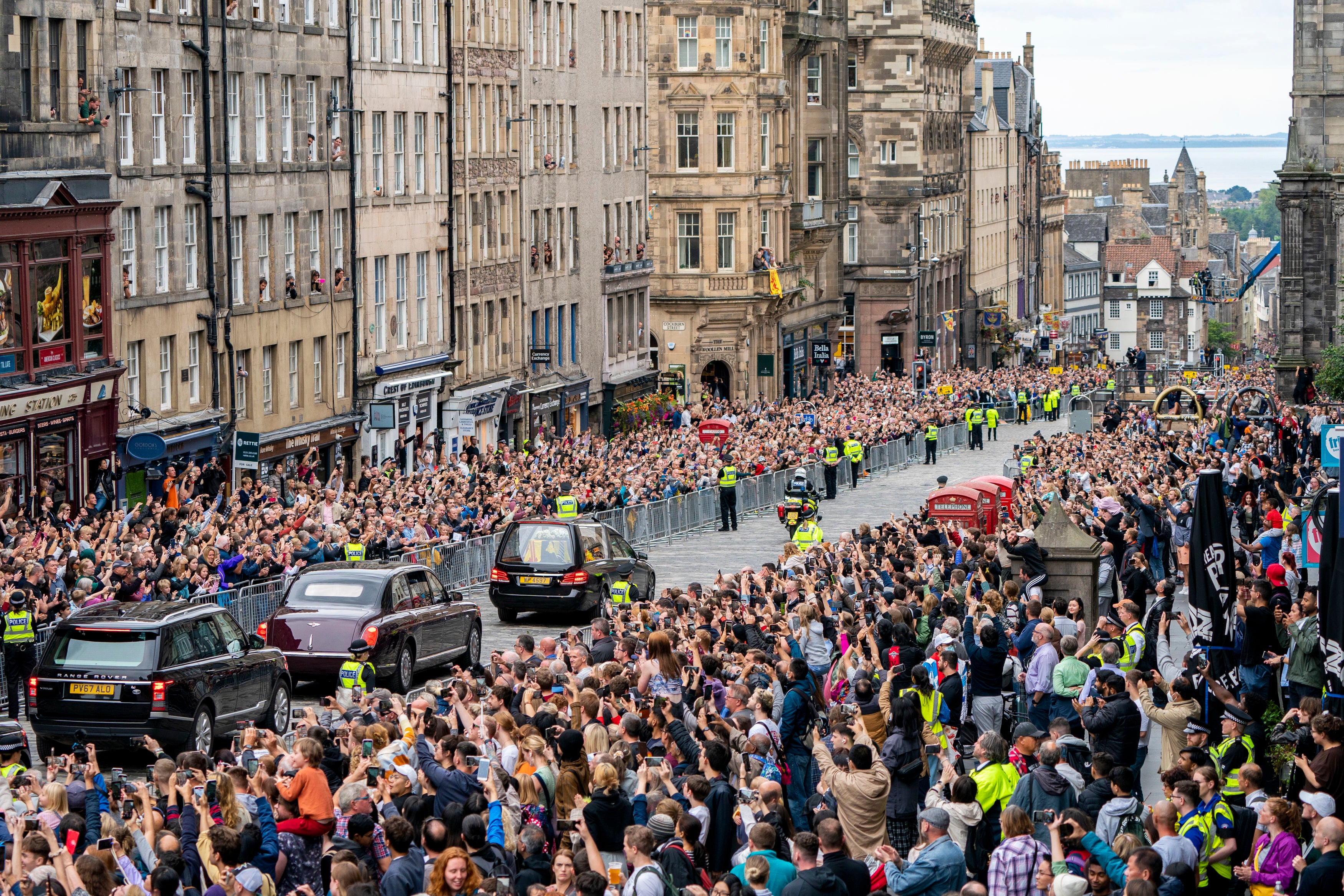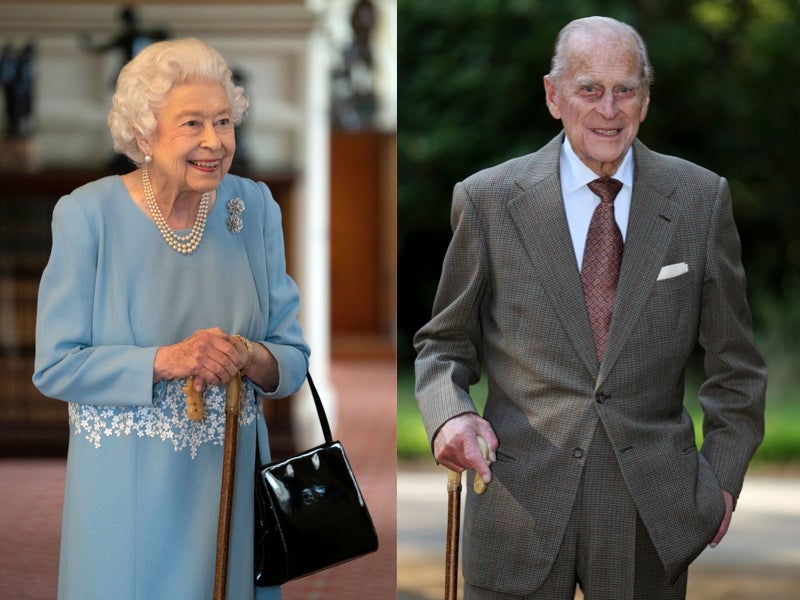
Queen Elizabeth II has begun her final journey to London, where members of the public will be able to pay their respects before her funeral next week.
The Queen’s coffin arrived at the royal residence in Edinburgh on Sunday following a six-hour journey from Balmoral Castle, where she died peacefully on Thursday.
It remained in the Throne Room at the Palace of Holyroodhouse overnight, where staff were able to pay their final respects.
The Queen’s state funeral will take place at Westminster Abbey in London on Monday 19 September and is expected to be attended by 2,000 people.
The day will be marked with an official bank holiday in England, Wales, Scotland and Northern Ireland to allow people to watch the funeral.
When will the Queen’s coffin be transported to London?
Monday 12 September

On Monday, Charles and Camilla will fly to Edinburgh where they will attend a Ceremony of the Keys and the King will inspect the guard of honour.
The King will then lead the royal family in procession as the Queen’s coffin is taken from the Palace of Holyroodhouse to nearby St Giles’ Cathedral for a service of thanksgiving.
Members of the public will be able to view the coffin at the cathedral and pay their respects from 5pm for a period of 24 hours.
Tuesday 13 September

Princess Anne will accompany her mother’s body when it is flown to London by RAF aircraft to RAF Northolt on Tuesday evening.
It will then be taken by road to rest at Buckingham Palace’s Bow Room overnight.
What is the coffin procession route?
Wednesday 14 September
In a tribute to his late mother, the King will lead Wednesday’s procession behind the gun carriage carrying her coffin to Westminster Hall, where the Queen’s four-day lying in state will begin before the state funeral on 19 September.
The coffin, adorned with the Imperial State Crown, will be transported on a gun carriage of The King’s Troop Royal Horse Artillery from Buckingham Palace at 2.22pm
The King, members of the royal family and senior staff of the late Queen and King’s households will walk slowly behind in a dignified silence without music in a route that will take 38 minutes.
The Archbishop of Canterbury will conduct a short service following the coffin’s arrival.
The Queen’s closed coffin will rest on a raised platform, called a catafalque, in the ancient Westminster Hall, draped in the Royal Standard with the Orb and Sceptre placed on top.

Members of the public wishing to pay their respects will be able to file solemnly past the Queen’s coffin at Westminster Hall 24 hours a day from 5pm on Wednesday 14 September until 6.30am on the day of the funeral, Monday 19 September.
Details about the route for the lying-in-state queue will be published at 10pm on Tuesday 13 September.
The government has stressed the queue will continuously move - with little chance to rest or sit down - and the very long line of those waiting is expected to stretch through central London.
Visitors will also face airport-style security checks, with tight restrictions on what can be taken in.

Flowers, tributes, candles, flags, photos, hampers, sleeping bags, blankets, folding chairs and camping equipment will all banned, with only one small bag per person permitted.
Hundreds of thousands of people are expected to flock to the capital for the once-in-a-lifetime proceedings.
Delays to public transport and road closures around the area are expected and people are being urged to check ahead and plan accordingly.
The queue may close early to ensure as many visitors as possible can enter before the lying-in-state period comes to an end.
Step-free and accessible options are available for those who need them.
When is the Queen’s funeral and how can I watch?
There will be a national bank holiday on Monday 19 September to allow as many people as possible to watch the Queen’s funeral.
The Queen’s lying in state will end at 6.30am before her coffin is taken in a grand military procession from the Palace of Westminster to Westminster Abbey for the funeral.
Senior members of the family are expected to follow behind – just like they did for the funeral of Diana, Princess of Wales and the Duke of Edinburgh.
The military will line the streets and also join the procession.

Heads of state, prime ministers and presidents, European royals and key figures from public life will be invited to gather in the abbey, which can hold a congregation of 2,000.
The service is set to take place at 11am and will be televised.
A national two minutes’ silence is expected to be held at midday on the day of the funeral.
After the service, the coffin will be taken in procession from Westminster Abbey to Wellington Arch and then travel to Windsor.
Once there, the hearse will travel in procession to St George’s Chapel at Windsor Castle via the Long Walk, after which a televised committal service will take place in St George’s Chapel.
Later in the evening, there will be a private interment service with senior members of the royal family.
The Queen’s final resting place will be the King George VI memorial chapel, an annex to the main chapel – where her mother and father were buried, along with the ashes of her sister, Princess Margaret.
The coffin of her late husband Prince Philip, who died in April 2021, will move from the Royal Vault to the memorial chapel to join the Queen’s.
Additional reporting by Press Association







